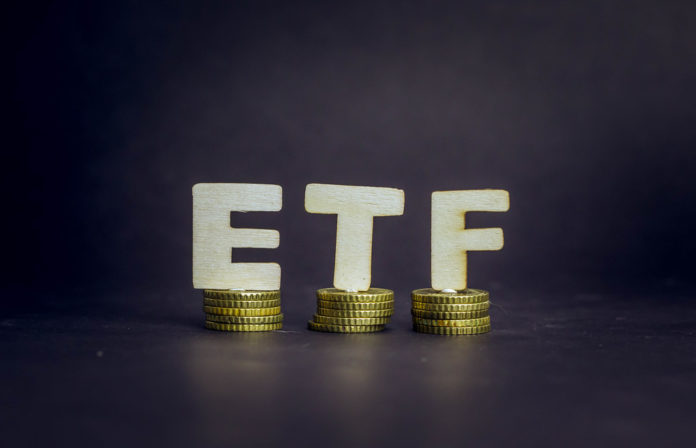China’s exchange-traded fund (ETF) market continues to see rapid growth that has taken it to successive highs.
China was host to 507 ETF’s as of 28 June, following the recent launch of a slew of 9 funds that focus on Growth Enterprise Market and STAR Market stocks, according to data from Chinese market data provider Wind.
2021 has seen the launch of 136 publicly offered ETF’s raising funds of 93.685 billion yuan, and propelling total assets above the 1.2 trillion yuan threshold.
450 of the more than 500 ETF’s in China are share funds with total assets of over 860 billion yuan, making them the mainstay of the sector.
China’s first ETF – the Huaxia Shangzheng 50 ETF (华夏上证50ETF), was launched at the end of 2004. A little over a decade subsequently the number of ETF’s in the Chinese market lifted to 100, before breaching the 200 threshold a mere four years later in 2019.
“The domestic ETF market is currently at a stage of flourishing growth, and in future will continue to maintain a high growth momentum,” said Hu Jie (胡洁) from Hwabao WP Fund Management Co., Ltd. to Securities Times.
Liu Jun (柳军) from Huatai-PineBridge Fund, said that factors driving vigorous growth in China’s ETF market included:
- Chinese regulators repeatedly stressing the need to strengthen the influence of institutional investors and vigorously driving equity fund growth, spurring expansion in the ETF market;
- The Shanghai and Shenzhen stock exchanges guiding and leading the funds sector in undertaking educational and promotional work with a large volume of investors, enabling more investors to better understand ETF’s as a product category.
- ETF’s themselves possessing the advantages of convenient trading, high levels of transparency and low costs, spurring demand from investors for high-quality ETF’s.
- Market expansion attracting more fund managers to participate, and more fund managers engaging in competition when it comes to indexes for various sub-sectors, greatly increasing market activity and investor attention.
“Demand from investors for these products is still very strong,” said Liu Jun. “ETF holdings are transparent, and considered to be market barometers…many investors have started to use ETF’s to grasp market opportunities.
“Additionally, because ETF’s and stocks are almost identical in terms of trading methods, many investors will use ETF’s to replace investment in individual stocks, removing the burden and risk of filtering through stocks. Investment efficiency and stability also markedly increase.”



